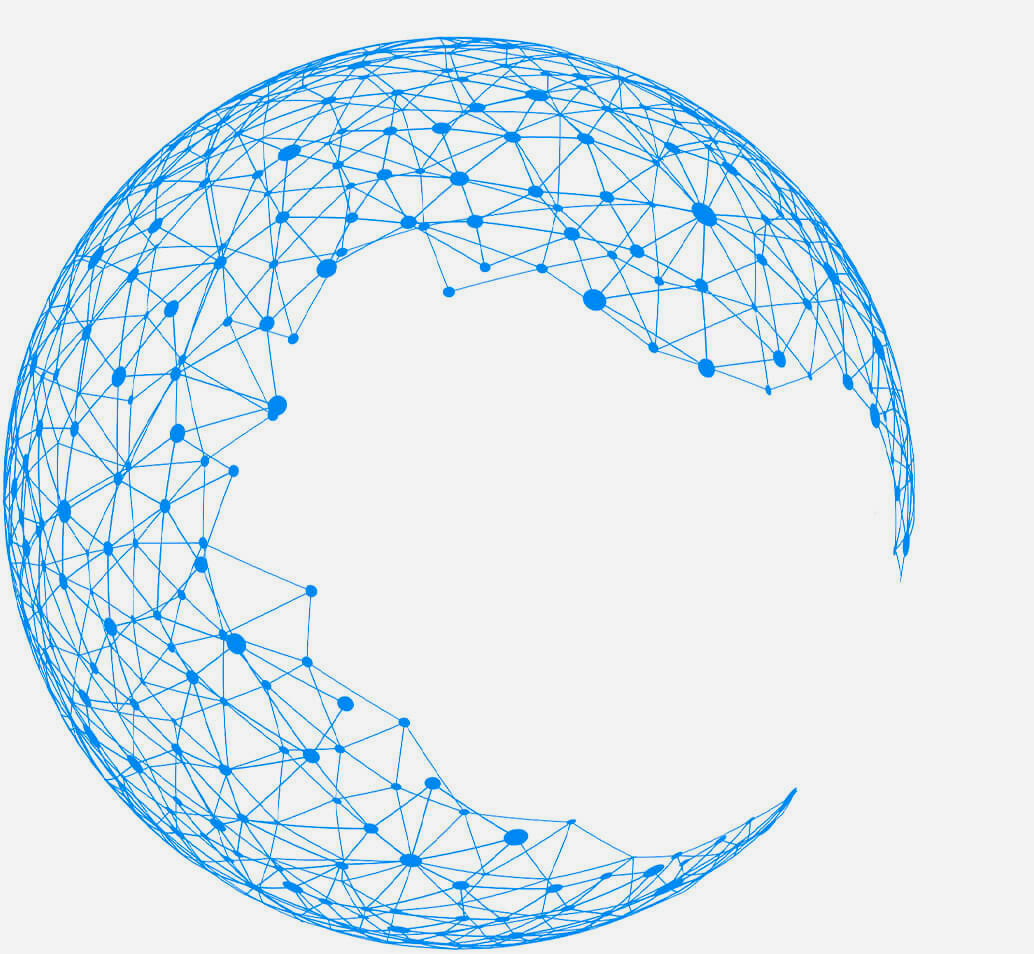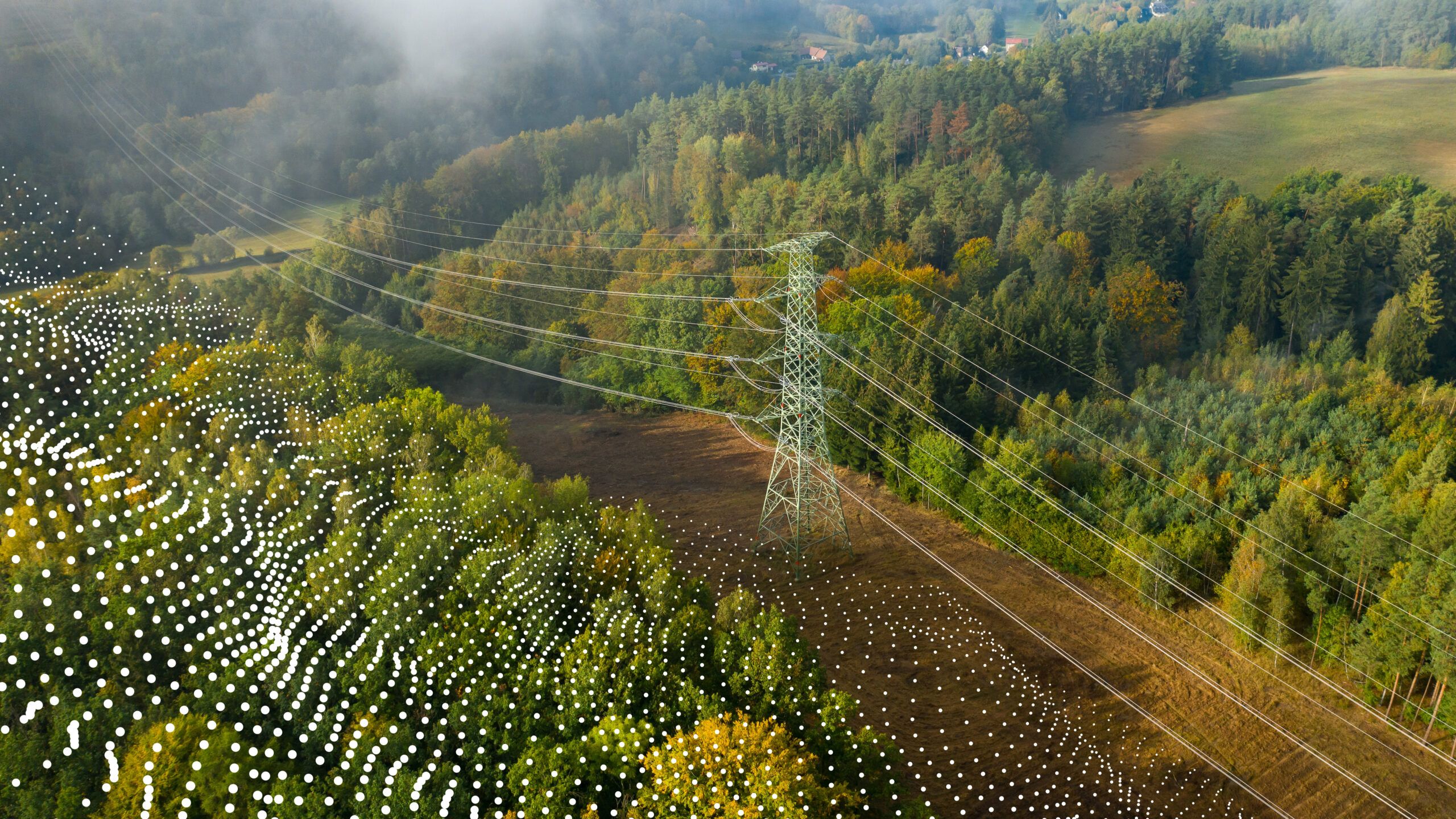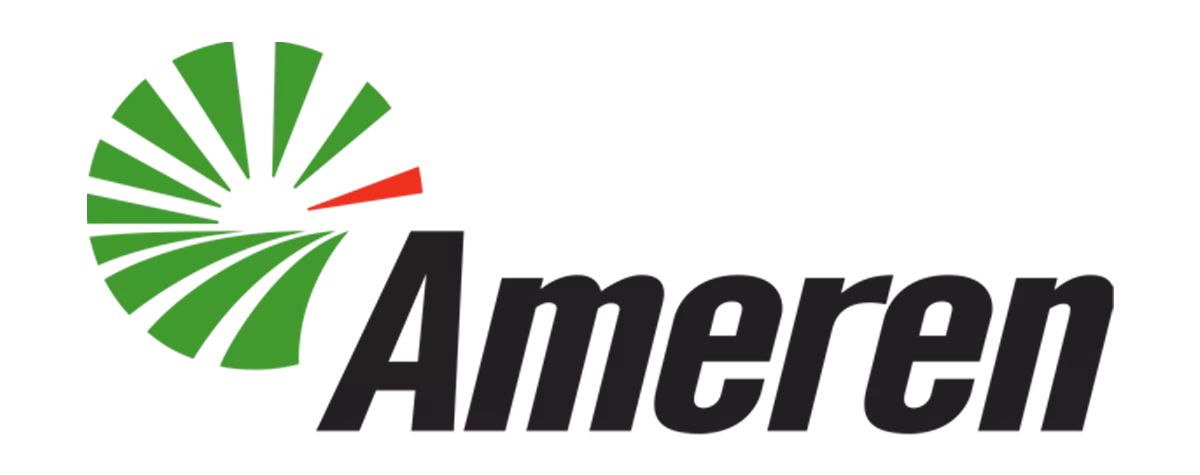-
The platform does everything we’d want it to do. It is simple to use, the development team has been receptive to suggestions and the customer service is outstanding.
Sr. Product Design EngineerTop Utility Located in the Upper Midwest
-
Irth has consistently helped our company save millions of dollars a year by vastly reducing the number of crews we need to dispatch to our 811 locates.
VP of OperationsFortune 500 Telecommunications
-
I use this platform on an everyday basis. It is a very user-friendly tool. Dashboards, reporting, mapping and much more. The field locators tell me every week that they wish we had started using it long ago.
Regulatory Compliance EngineerTop Utility Located in the Southeast
-
This platform has taken our pipeline division from several manual paper/Excel processes to an automated, digital platform. Reports are easier to run, the platform is surprisingly flexible and customer support is wonderful.
Sr. Director of Operations and EngineeringFortune 500 Energy Company
Platform Overview
For decades, we have been leveraging the latest technology to assist our customers in ensuring the safety, resiliency, and reliability of their critical network infrastructure. We offer a wide range of features and technical capabilities encompassing damage prevention, risk analysis, and network infrastructure asset protection, all integrated into a powerful platform.





Did you know there are 3 trillion trees on Earth? They are critical to our health because they absorb carbon dioxide and remove air pollution. Trees also provide shade, a home for wildlife, and beauty.
Yet vegetation around power lines is the No. 1 cause of fires and power outages worldwide.
Effective vegetation management is critical to maintaining sustainable, reliable, and safe electric transmission and distribution. Unfortunately, without the right technology, it’s time-consuming and expensive.
According to the Environmental Protection Agency, in the United States, there are 157,000 miles of electric power lines serving more than 131 million customers. With this much to oversee, proper vegetation management is vital.
What is vegetation management?
Vegetation management is the systematic oversight and removal of unwanted vegetation, including branches, trees, bushes, and weeds, around power lines. When vegetation interferes with power lines, it can cause fires and widespread power outages.
Based on Federal Energy Regulatory Commission (FERC)’s North American Electric Reliability Corporation’s FAC-003-4 standard, utilities must adhere to minimum requirements for vegetation management to prevent outages, including trimming trees and other vegetation encroaching on power lines. Additionally, they are pruned beyond the minimum clearance distance to allow for swaying in wind and growth. Power lines might also sag due to ice/snow build-up, heat, or high usage, so vegetation management plans must account for this reality.
Every utility develops its vegetation management plan to comply with federal, state, and local regulations in their services areas. FERC drives the electric transmission regulations, and local regulatory entities regulate distribution lines.
Why is vegetation management important?
Outages caused by vegetation aren’t just an inconvenience, they can be dangerous and costly. The largest blackout in U.S. history impacted 50 million people but also cost the American economy an estimated $7 to $10 billion. Proper vegetation management also:
- Ensures reliable electric service
- Prevents negative environmental, economic, and national security issues
- Saves money on fines that can be up to $1 million per day for each outage
- Promotes safety for wildlife and communities
Why manual inspection isn’t enough for vegetation management
Traditionally, vegetation management consisted of manually inspecting vegetation around critical network infrastructure quarterly to determine which vegetation needed to be cut. However, with an electrical grid as expansive as we have today, it’s impossible to catch all trees that need trimming before an incident occurs.
These traditional methods are ineffective and outdated.
Smart, efficient, and cost-effective vegetation management with technology
Vegetation management is one of the biggest expenses for utilities – it’s estimated utilities spend $6-$8 billion a year clearing vegetation from overhead lines. With technology and better insights from data analytics, utilities can reduce risk, increase visibility, and automate actions in their vegetation management programs.
One case study done by T&D World found these results when utilities transitioned from a time-based trimming approach to a risk-based one supported by drones, satellites, LiDAR, AI-driven technology, and big data analytics:
- 51% cost reduction per acre of mechanical trimming
- 30% cost reduction on volume trimming
- 30% reduction of actual trimming work
With 360-degree situational awareness and data-driven insights, utilities have a much more cost-effective vegetation management program. Important data to collect and analyze include:
- Growth patterns of vegetation
- Weather, wind, and precipitation patterns, predictions, and potential impact on vegetation
- Fire risk assessments
Intelfuse is one solution provider that uses geospatial data to enhance the effectiveness of vegetation management programs. Its technology:
- Automates the production of 3D digital twins of vegetation, infrastructure, and asset corridors.
- Applies insights and meta data from years of managing and executing vegetation and asset maintenance programs including growth, health, and detailed cost models.
- Streamlines the creation of trim plans based upon the utility’s preferences.
- Creates detailed vegetation maps and analytics data to ensure each tree is properly identified and trimmed by trimming teams.
- Integrates with Irth Solutions Asset Management to allow for the tracking, management, and completion of trim plans.
- Completes virtual audits after trim plans have been executed to ensure proper clearance was achieved for each project, sending the results back into Irth to notify teams of passed or failed audits.
- Creates full documentation on all trim plans and results to share in the unlikely event of a line strike.
- Works anywhere on the globe.
To learn more how 360-degree situational awareness can help in your vegetation management efforts, contact our team today or check out Intelfuse.
Irth's market-leading SaaS platform improves resilience and reduces risk in the sustainable delivery of essential services that millions of people and businesses rely on every day. Energy, utility, and telecom companies across the U.S. and Canada trust Irth for damage prevention, training, asset inspections, and land management solutions. Powered by business intelligence, analytics, and geospatial data, our platform helps deliver the 360-degree situational awareness needed to proactively mitigate and manage risk of critical network infrastructure in a changing environment. Irth has been the top provider for 811 (one call) ticket management and utility locating software since 1995.
© 2024 Irth Solutions, L.L.C. All rights reserved | Terms of Service | Privacy Policy














